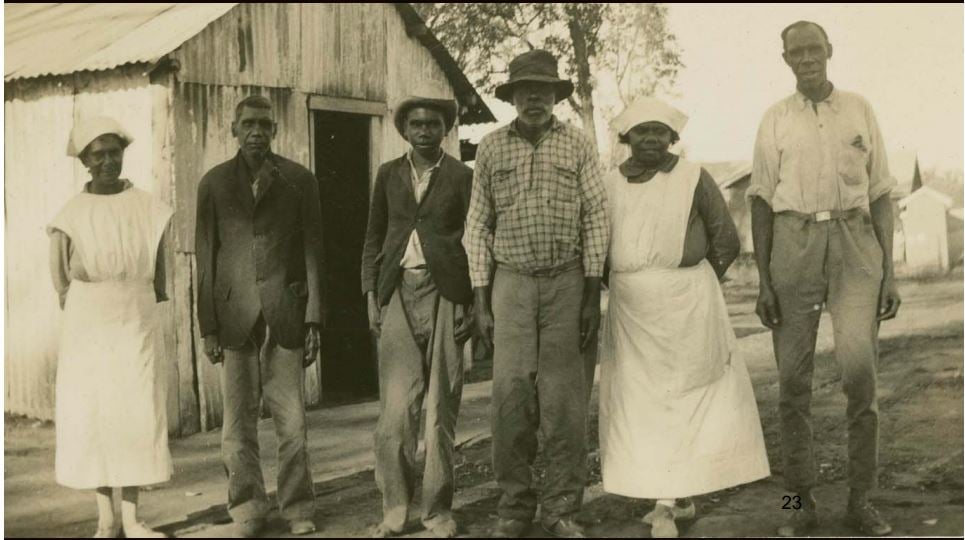
An investigation into the hidden histories of Aboriginal nurses and midwives is the focus of a new research project.
The project is headed by University of Southern Queensland historian Professor Odette Best, a First Nations registered nurse, who is gathering the untold stories of Aboriginal Queensland women who trained as nurses or midwives from the 1890s to 1950s.
The three-year study is the University’s first Indigenous-led ARC project and aims to address an important gap in Australia’s history.
While First Nations nurses and midwives who trained and worked in the 1950s are celebrated as pioneers in the professions, Professor Best argued there had been many Aboriginal women who have trained prior to the 1950s in nursing and midwifery.
“The notion that Aboriginal women only started to be trained as registered nurses from 1950s is absolutely incorrect,” she said.
“During the 1950s, the policy of assimilation came into play in Australia, which made it easier, but still difficult for Aboriginal women to enter hospitals to be nurses and midwives.
“Prior to that, though, there is little knowledge about Aboriginal women who trained as nurses, but through my PhD, I uncovered an Aboriginal woman by the name of May Yarrowyck who qualified as a midwife in 1906 at Crowne Street Hospital in Sydney.
“I also found Aboriginal women who trained as nurses in the 1920s, including one who worked as a nurse on the ambulance trains in Belgium and France during World War 1.”
The research will advance knowledge in the fields of healthcare, labour force and the history of Australia, and challenge the assumption that First Nations women could not access education or employment in the late 19th and early 20th-century.
Professor Best has spent the past 16 years researching and documenting the contribution of Aboriginal women to the nursing and midwifery professions.
Professor Best and fellow chief investigator Professor Tracey Bunda from the University of Queensland will undertake 13 community visits across Queensland, where they will meet with local Elders, pour through archives and conduct interviews.
“It’s incredibly important for everyone to know this history, not just Aboriginal and Torres Strait Islander peoples,” she said.
“The significance for Indigenous communities is it’s a chance for their families’ stories to be told and for these women to finally be acknowledged and recognised.
“I hope this research will also change the public’s perception that before 1950, Aboriginal women were without agency or qualification, and were assigned to life as just domestics.”
Professor Best said the project was timely given 2020 is the International Year of the Nurse and Midwife, and the current COVID-19 pandemic, which has highlighted the importance of critical healthcare workers on the frontlines.
“It is quite possible that one of the Aboriginal nurses we uncover may have nursed in the last global pandemic, the Spanish Flu, of the 1920s,” she said.
The Australian Research Council’s Special Research Initiatives scheme provides funding for new and emerging fields of research and builds capacity in strategically important areas.



